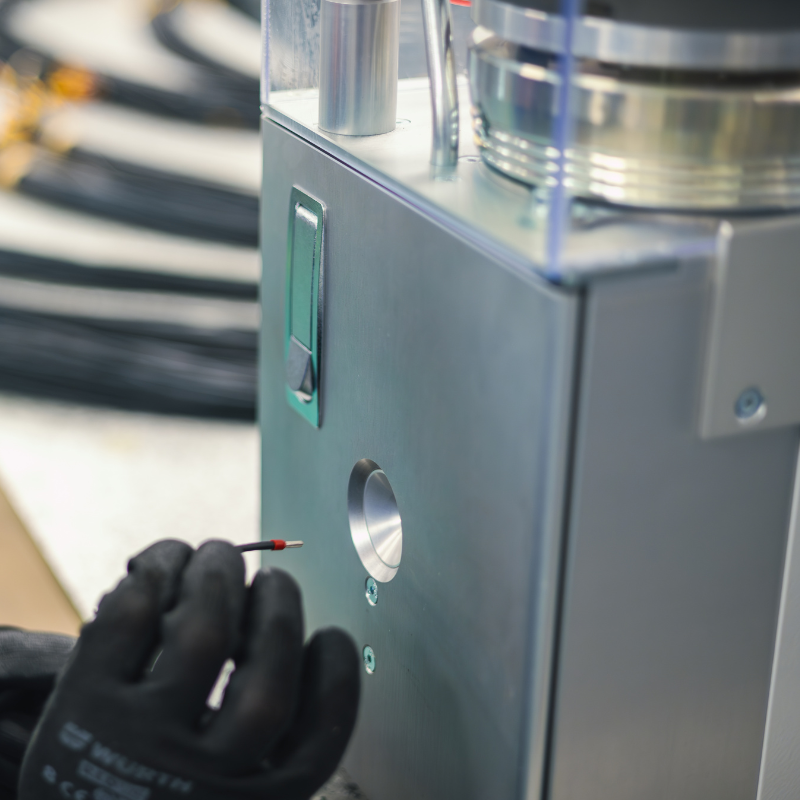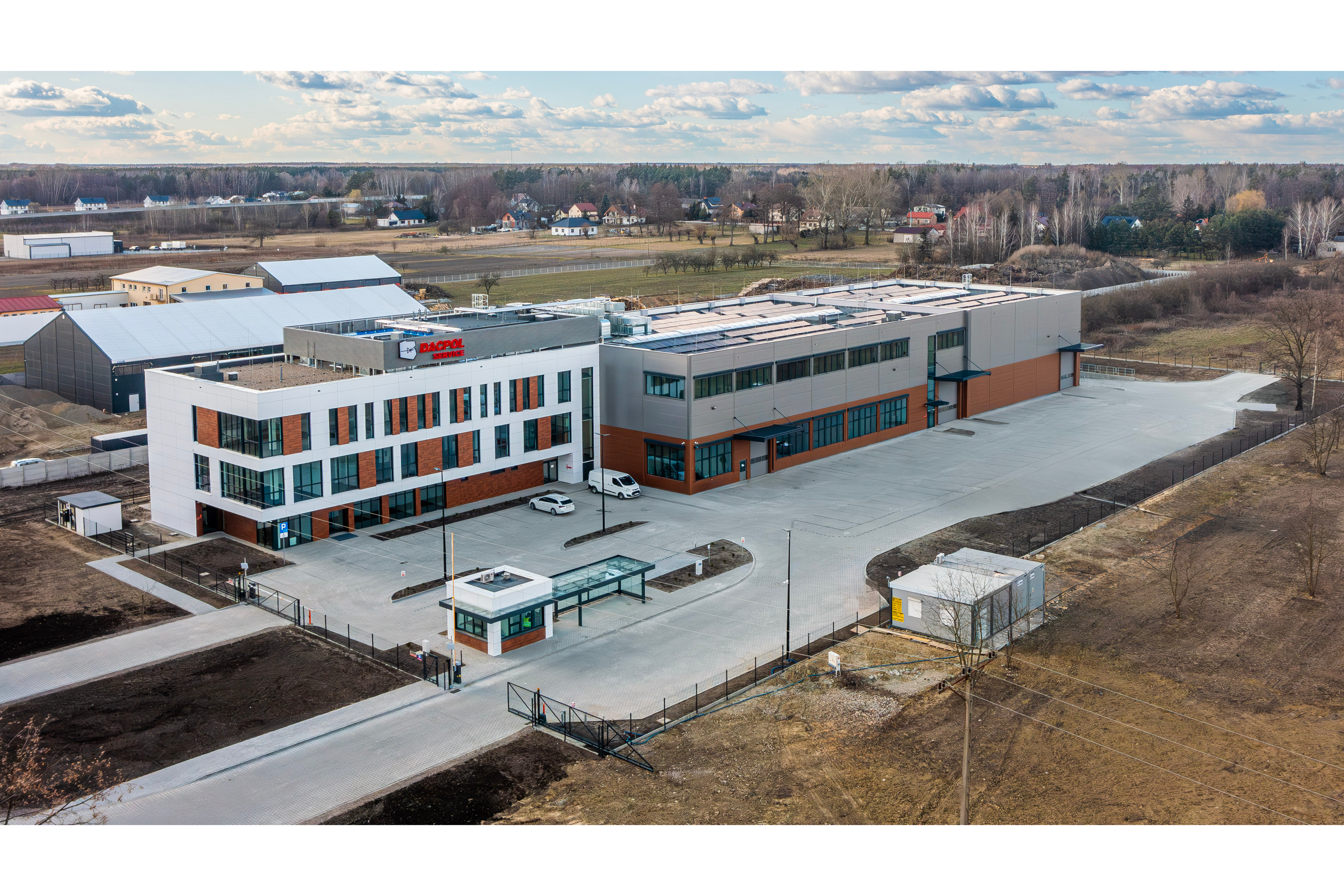

Jūs turite būti prisijungę
Category


Nuotraukos yra skirtos tik informaciniams tikslams. Peržiūrėkite produkto specifikaciją
please use latin characters
Įmonė DACPOL SERVICE palaiko savo klientus per visą energijos kaupimo sistemų kūrimo procesą. Mes padedame apibrėžti būsimo vartotojo poreikius ir nustatyti galios poreikį, kad remiantis tuo būtų galima pereiti prie projektavimo, o vėliau ir prie instaliacijos atlikimo. Mes siūlome visapusišką inžinerinę paramą nuo projektavimo proceso, komponentų pasirinkimo ir pirkimo iki montavimo. Mes teikiame pažangias elektromechanines ir elektrotechnines paslaugas, vykdydami tiek ilgalaikius, tiek trumpalaikius projektus.
KAIP SUTARTINIS PARTNERIS, MES ĮGYVENDINAME PROJEKTUS:
Be standartinių veiklų, dėka aukštos inžinierių kvalifikacijos ir inovatyvių technologijų, mes dažnai imamės tyrimų ir plėtros darbų, praturtindami savo portfelį.
MES ESAME SU JUMIS KIEKVIENAME JŪSŲ PROJEKTO ETAPE!



Naujo gamybos pastato paleidimas Mikówiec, netoli Góra Kalwaria, yra svarbus žingsnis mūsų montavimo paslaugų plėtroje. Šiuolaikinė erdvė, įrengta su išplėstu sandėliu ir biuro patalpomis, leidžia mums įgyvendinti sudėtingesnius projektus, taip pat ir didesnių gabaritų. Ši investicija žymiai padidina komfortą ir lemia dar aukštesnį mūsų klientų aptarnavimo lygį.
Kviečiame bendradarbiauti!
Ar Jūs domina šis produktas? Ar Jums reikia papildomos informacijos ar individualaus pasiūlymo?
tu turi būti prisijungęs
Įmonė DACPOL SERVICE palaiko savo klientus per visą energijos kaupimo sistemų kūrimo procesą. Mes padedame apibrėžti būsimo vartotojo poreikius ir nustatyti galios poreikį, kad remiantis tuo būtų galima pereiti prie projektavimo, o vėliau ir prie instaliacijos atlikimo. Mes siūlome visapusišką inžinerinę paramą nuo projektavimo proceso, komponentų pasirinkimo ir pirkimo iki montavimo. Mes teikiame pažangias elektromechanines ir elektrotechnines paslaugas, vykdydami tiek ilgalaikius, tiek trumpalaikius projektus.
KAIP SUTARTINIS PARTNERIS, MES ĮGYVENDINAME PROJEKTUS:
Be standartinių veiklų, dėka aukštos inžinierių kvalifikacijos ir inovatyvių technologijų, mes dažnai imamės tyrimų ir plėtros darbų, praturtindami savo portfelį.
MES ESAME SU JUMIS KIEKVIENAME JŪSŲ PROJEKTO ETAPE!



Naujo gamybos pastato paleidimas Mikówiec, netoli Góra Kalwaria, yra svarbus žingsnis mūsų montavimo paslaugų plėtroje. Šiuolaikinė erdvė, įrengta su išplėstu sandėliu ir biuro patalpomis, leidžia mums įgyvendinti sudėtingesnius projektus, taip pat ir didesnių gabaritų. Ši investicija žymiai padidina komfortą ir lemia dar aukštesnį mūsų klientų aptarnavimo lygį.
Kviečiame bendradarbiauti!
Jūsų atsiliepimo įvertinimas negali būti išsiųstas
Pranešti apie komentarą
Pranešimas apie atsiliepimą išsiųstas
Jūsų pranešimas apie atsiliepimą neišsiųstas
Parašyti savo atsiliepimą
Atsiliepimas išsiųstas
Jūsų atsiliepimas neišsiųstas
